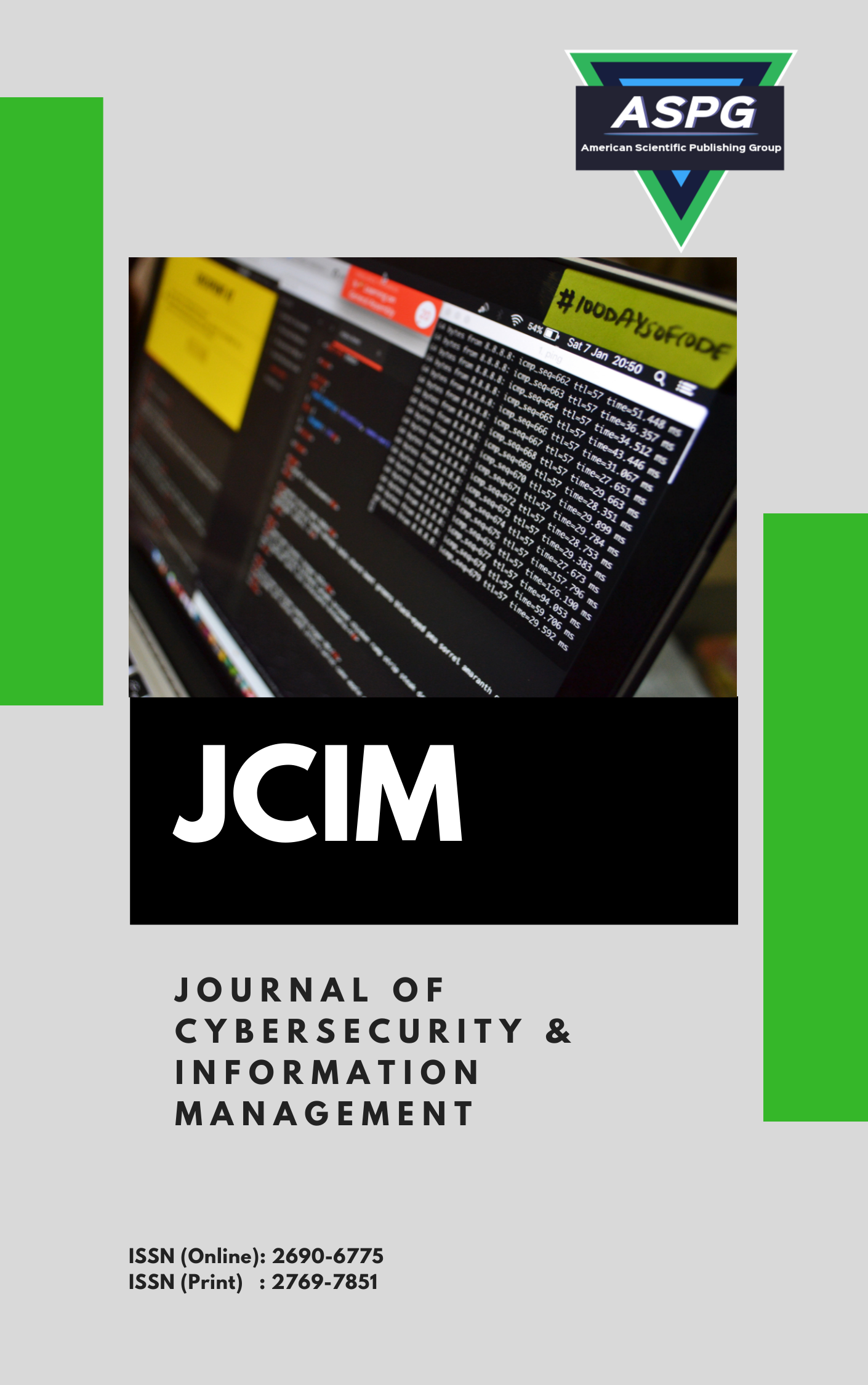

Volume 16 , Issue 1 , PP: 243-251, 2025 | Cite this article as | XML | Html | PDF | Full Length Article
Thippireddy Harika 1 * , Gera Pradeepini 2
Doi: https://doi.org/10.54216/JCIM.160117
In the last few years, technology has developed so rapidly that many malware applications are available in the software market. Cybercrimes are increasing day by day with the usage of malware applications. Traditional approaches are not as effective in detecting malware. This study introduces a novel method for distinguishing malware from benign software applications using deep learning models like Denoising Autoencoder and Convolutional Neural Network. Initially, we extract binary code from the applications and transform it into grayscale images. Then, utilizing a denoising autoencoder, we improve the quality of the grayscale images by eliminating noise, and the Convolutional Neural Network uses processed images as input. Finally, the Convolutional Neural Network is employed to differentiate between malicious and benign applications. We test this methodology on the dataset that contains 10,810 malware and 1082 benign files. The suggested model obtains an accuracy of 97% and an F1-score of 96% and performs better than some traditional methods.
Cybersecurity , Radare2 , Denoising Autoencoder , Convolutional Neural Network , Malware Classification
[1] X. Xing, X. Jin, H. Elahi, H. Jiang, and G. Wang, "A malware detection approach using autoencoder in deep learning," IEEE Access, vol. 10, pp. 25696–25706, 2022.
[2] Y. Ye, T. Li, D. Adjeroh, and S. S. Iyengar, "A survey on malware detection using data mining techniques," ACM Comput. Surv. (CSUR), vol. 50, no. 3, pp. 1–40, 2017.
[3] AV-ATLAS, "AV-ATLAS Report," 2024. [Online]. Available: https://portal.av-atlas.org/malware?s=1ef56b5f65960fc14ee3dd8f20068779740b96c5&c=eyJrZXkiOiJuZXdNYWx3YXJlUGFzdDE0RGF5cyJ9
[4] E. Rodriguez, B. Otero, N. Gutierrez, and R. Canal, "A survey of deep learning techniques for cybersecurity in mobile networks," IEEE Commun. Surv. Tutor, vol. 23, no. 3, pp. 1920–1955, 2021.
[5] K. A. Dhanya et al., "Obfuscated malware detection in IoT Android applications using Markov images and CNN," IEEE Syst. J., vol. 17, no. 2, pp. 2756–2766, 2023.
[6] Ö. Aslan and A. A. Yilmaz, "A new malware classification framework based on deep learning algorithms," IEEE Access, vol. 9, pp. 87936–87951, 2021.
[7] M. İbrahim, B. Issa, and M. B. Jasser, "A method for automatic Android malware detection based on static analysis and deep learning," IEEE Access, vol. 10, pp. 117334–117352, 2022.
[8] J. Lee and J. Lee, "A classification system for visualized malware based on multiple autoencoder models," IEEE Access, vol. 9, pp. 144786–144795, 2021.
[9] Y. Zhao et al., "A malware detection method of code texture visualization based on an improved faster RCNN combining transfer learning," IEEE Access, vol. 8, pp. 166630–166641, 2020.
[10] I. Almomani, A. Alkhayer, and W. El-Shafai, "An automated vision-based deep learning model for efficient detection of Android malware attacks," IEEE Access, vol. 10, pp. 2700–2720, 2022.
[11] M. D. AlGarni et al., "An efficient convolutional neural network with transfer learning for malware classification," Wireless Commun. Mobile Comput., vol. 2022, no. 1, pp. 4841741, 2022.
[12] G. D’Angelo, M. Ficco, and F. Palmieri, "Malware detection in mobile environments based on autoencoders and API-images," J. Parallel Distrib. Comput., vol. 137, pp. 26–33, 2020.
[13] A. Moawad, A. I. Ebada, and A. M. Al-Zoghby, "A survey on visualization-based malware detection," J. Cybersecurity, vol. 4, no. 3, 2022.